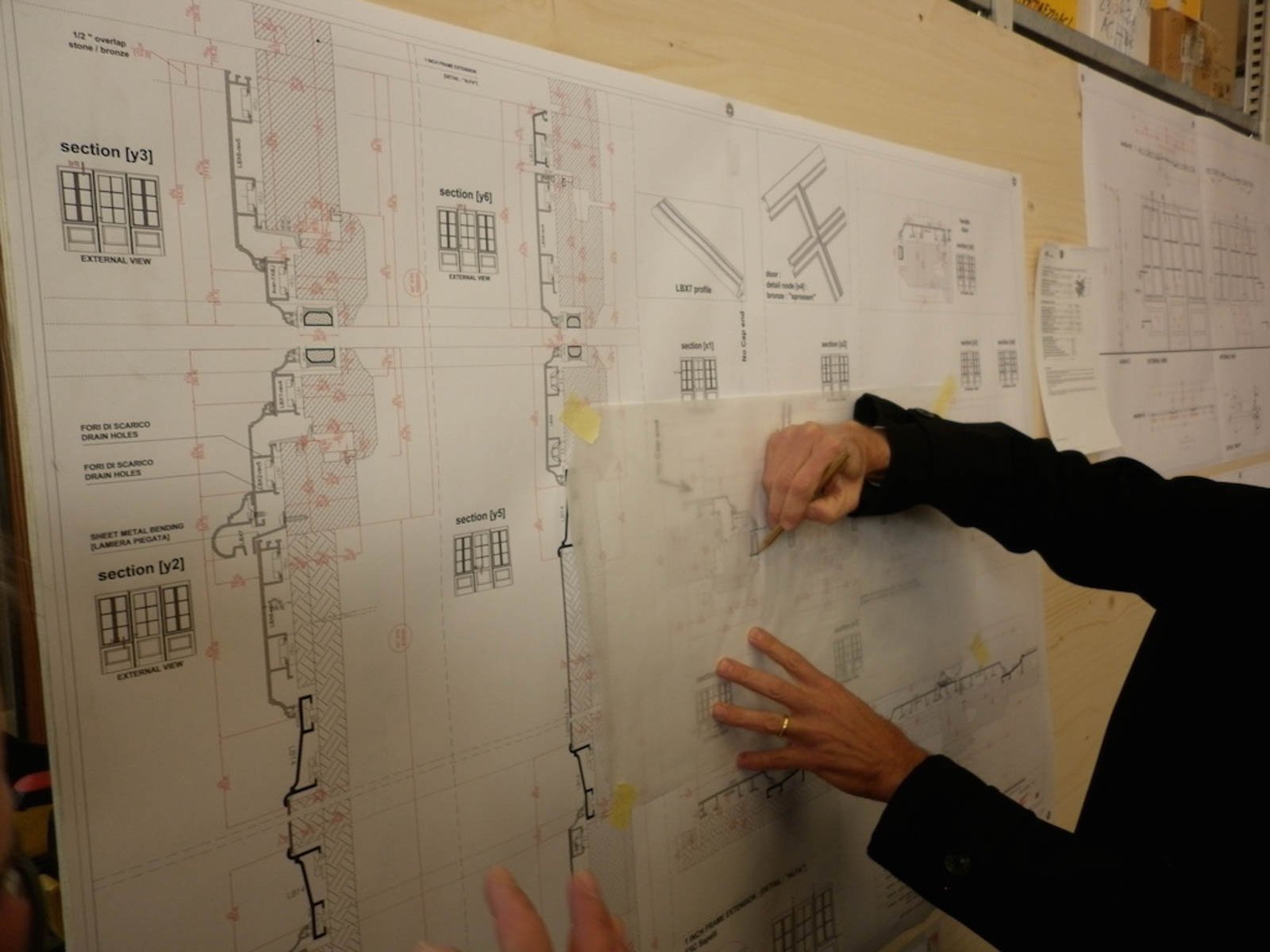
COORITALIA’s Windows & Doors division is not simply a fenestration dealer. We are a Partner.
We choose not to represent multiple manufacturers but to partner with only the best in each field. By choosing one partner, we know we have their full attention for your project. We oversee a thorough design process by ensuring your design and engineering intent is achieved through a detailed shop drawing phase, choice of glazing, hardware, and accessories.
Our partners have the capabilities of proven industrial manufacturing, and behind each beats the heart of their artisanal upbringing. They bring their ingenuity and know-how to create all types of custom units.
HOW WE WORK
We begin by understanding your goals and providing insightful design assistance. We will provide very detailed shop drawings, ensuring your design goals are met. In addition, we will work with you on specifying material finish, hardware options, and other details such as screens, sills, motorization, and glazing.
In addition, we can organize factory visits, not only to view production, but also to shorten the design cycle and inspect the units.
We will organize, secure, and ship via ocean or air, using custom compliant crating. Lastly, we will follow through with customs until delivery to the job site.
We can recommend an installation team and/or help in a consultant role.




